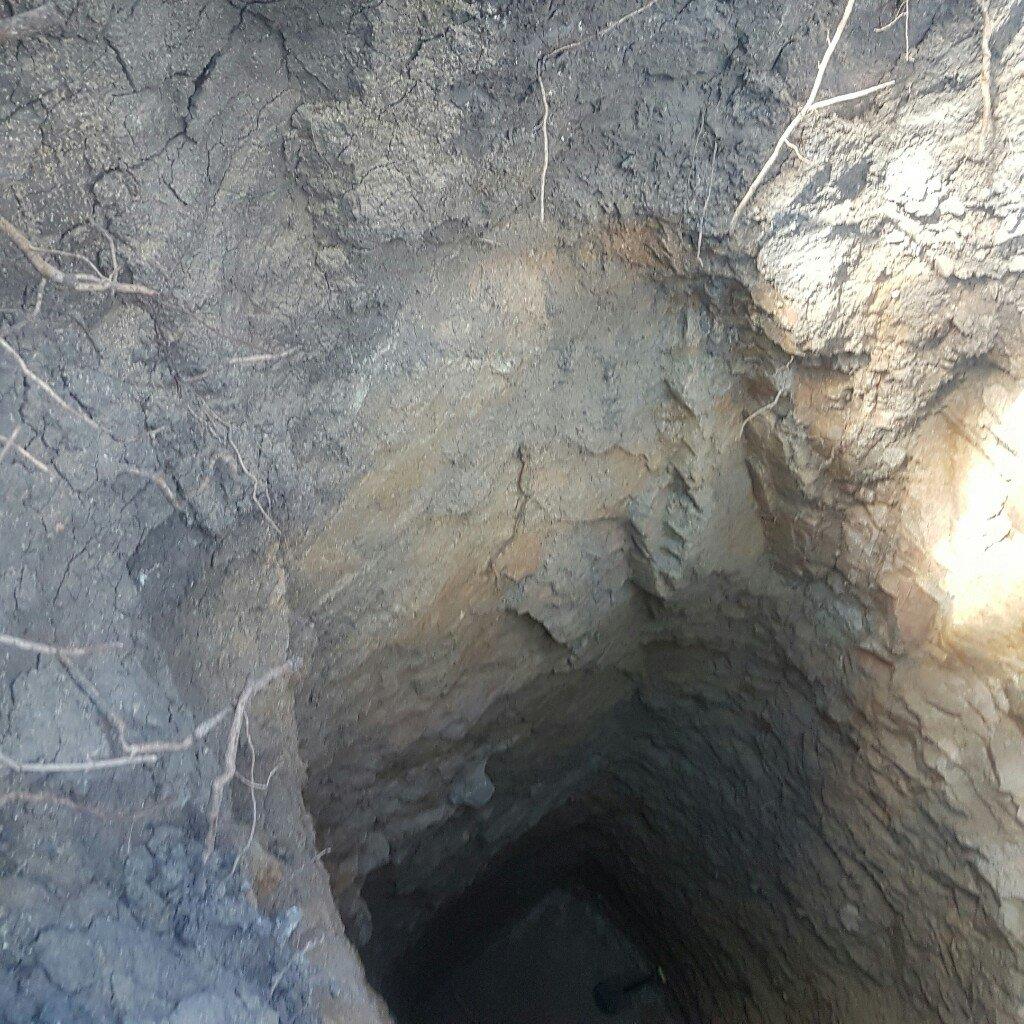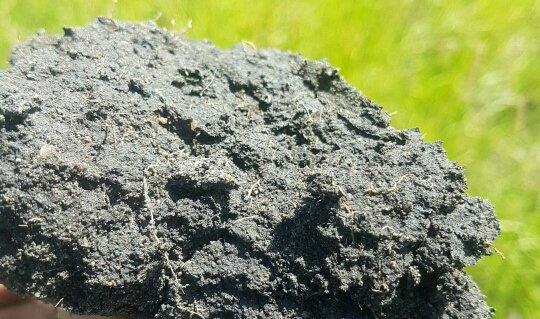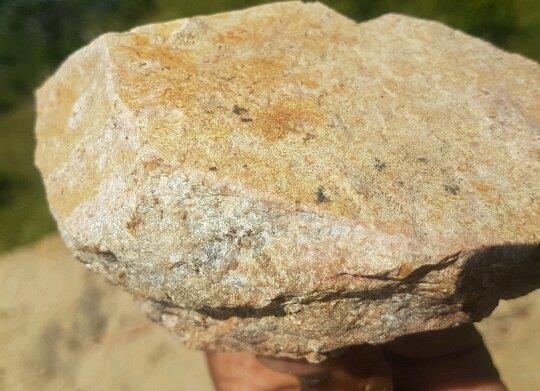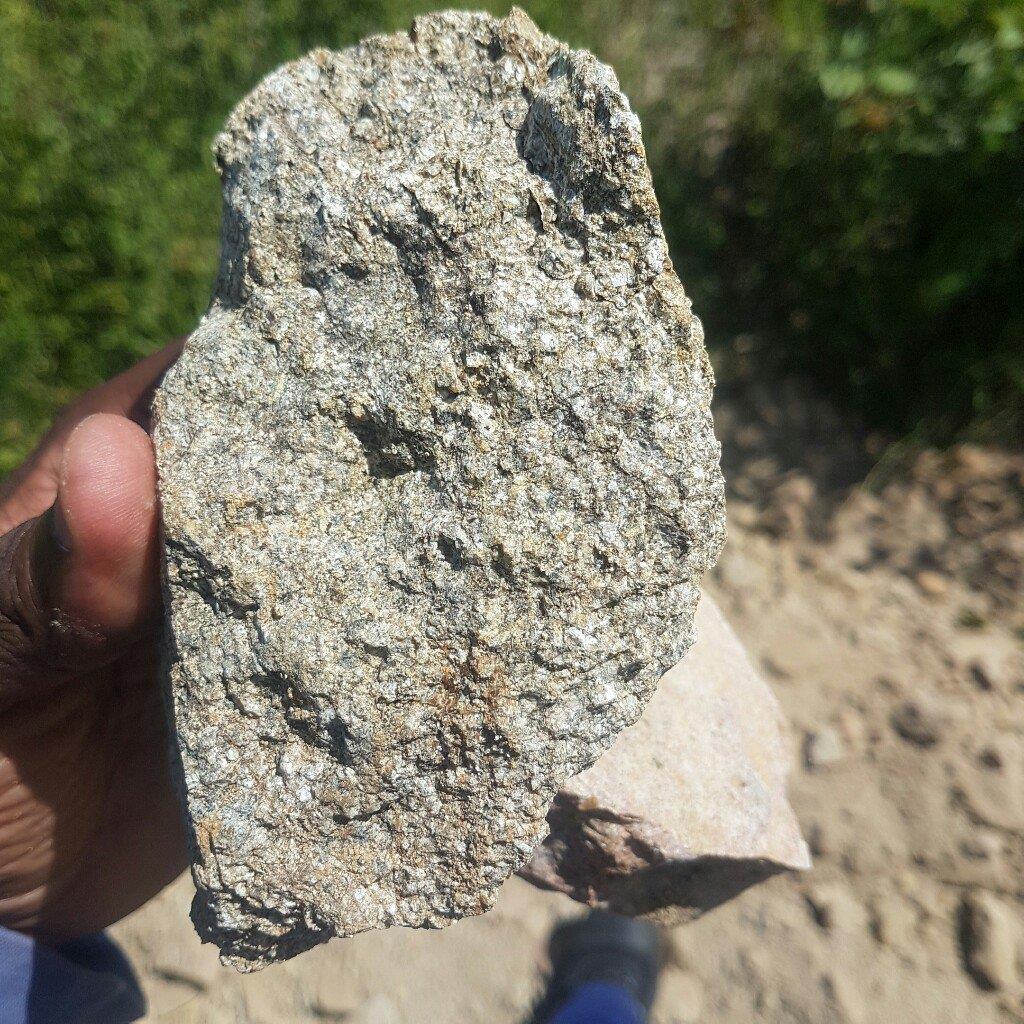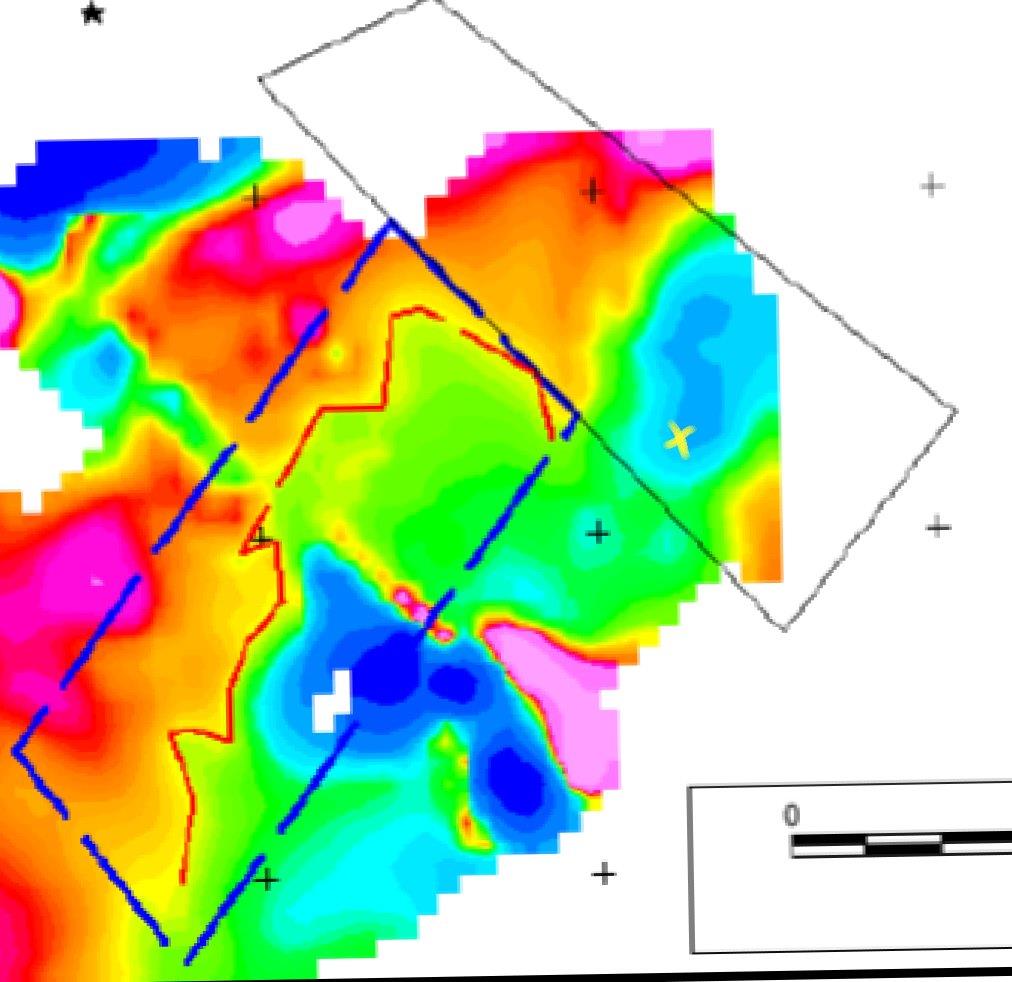Regardless of the outcome, thanks for posting Rios and all especially S Wright. Ive learnt a lot. now to try and apply it to my own little dung heap 
You are using an out of date browser. It may not display this or other websites correctly.
You should upgrade or use an alternative browser.
You should upgrade or use an alternative browser.
NEW MINE STARTING
- Thread starter rios
- Start date

Help Support Prospecting Australia:
This site may earn a commission from merchant affiliate
links, including eBay, Amazon, and others.
blisters said:rios said:blisters said:Yep a fence will do it they can really make mag sing and the fence line is obvious in figure 3. above as well.
Any reason you aren't also looking at investigating the structure trending north east which aligns with the existing workings?
Jon
It is not within the jurisdiction of my claim, its another's claim 8.(
Somethings not right here, would it be fair to say that your lease is drawn too far to the north and east in post #3?
https://www.prospectingaustralia.com/forum/viewtopic.php?pid=314276#p314276
Jon
Sorry yes, in post 3 we had pegged wrongly. The owner of the other claim then proved we had encroached into his land. It was resolved at the Mines Ministry. Figure 3 is the accurate one
bundyjd
John
rios said:SWright said:G'Day Rios
I have a lot of this sort of exploration in my time. There is really not enough information available in your reports to make a definite comment. However, generally I would not put much faith in IP. If I had dollar for every IP anomally I drilled in the early days of gold exploration I could start my own mine. Magnetics are really only good in that kind of geology for geological mapping as greenschist style gold deposits do not generally show up as an anomally as hydrotherml solutions generally destroy any mangnetic fractions. Gold reefs are therefore mostly magnetic lows.
My advice is to start from the broader exploration techniques to focus your targetting. Gold deposits respond very well to geochemistry in the first instance. I would go with say 50mX50m spaced BLEG - Bulk Leach Etractable Gold. This is a very sensitive technique able to penetrate thick sediment cover even in transported material and generally very cost effective. It can measure gold concentrations in ppb. You could also try a similar or closer spaced grid using fire assay carbon finish geochemistry that can resolve gold to ppt. With the latter I would use on identified BLEG anomalies. I would also look at what trace elements are associated with the reefs and undertake seperate but coincident sampling for that trace element be it arsenic, copper, antimony or whatever.
As for drilling versus shaft sinking. Diamond drilling is very expensive so I would first of all look to RAB drilling - rotary air blast. This could be concentrated on the main geological and geochemistry targets. Its quck and very competitive in price. Diamond drilling is only effective in areas where a surface resource has been defined and you want to go deeper. Most Australian mines only use diamond drilling for deep resources but rather they would use RAB followed by open hole and reverse circulation percussion drilling to define a resource in the first 100-150m.
Exploration shaft sinking should be the last thing you try.
Araluen
Below is the response from the report writer
"There are a couple of issues that are not being taken into consideration
1. We knew the reef was present so sampling the soil was not necessary
2. Magnetic signatures are not killed by hydrothermal activity as the area result of actual minerals which are not strange in hydrothermal conditions - what i think he wanted to apply that thinking to is resistivity data and if so yes i agree as hydrothermal units tend to impede current flow.
3. IP yes can be tricky but so is geochemistry im currently working on a project where over 30k soil samples where analysed to find the actual pathfinder minerals but we found one that had 60% correlation and guess what, we had to do IP for us to plan a drilling program.
There is not one method to take you to production but a combination of them
Combination of which is controlled by budgets.
At the end combining available data with relevant experience is the solution"
Hi Rios,
I don't know anything about your geologist's background or experience, but I do know SWright's which is why I asked him to pop in here and provide an answer.
As well as being a handy man to know, he is a busy man at the moment - so if you are looking for a response to the above it might be a while...
I hope what was already provided has been helpful
Regards,
John
Keen Ken said:It's all good, and I wish you well.
It's just when someone starts mentioning Money from overseas alarm bells start ringing:-/.
Self funding is the way to go if you can keep the bills paid.
I did it, took about 5 years to become established and only became really successful in the last 3 years.
No partners, no one to pay back, no lost friends.
Just native title, EPA, DNR&M and the usual other hassles to deal with.
Do check out that percussion drilling rig, it will save you heaps.
The bit i like in self funding is being able to challenge fate and gamble. You know they knew what they were saying when they spoke about a fool and his money soon parting.
I just have to be more careful not to risk peoples lives only coz life cant be replaced, money can
bundyjd said:rios said:SWright said:G'Day Rios
I have a lot of this sort of exploration in my time. There is really not enough information available in your reports to make a definite comment. However, generally I would not put much faith in IP. If I had dollar for every IP anomally I drilled in the early days of gold exploration I could start my own mine. Magnetics are really only good in that kind of geology for geological mapping as greenschist style gold deposits do not generally show up as an anomally as hydrotherml solutions generally destroy any mangnetic fractions. Gold reefs are therefore mostly magnetic lows.
My advice is to start from the broader exploration techniques to focus your targetting. Gold deposits respond very well to geochemistry in the first instance. I would go with say 50mX50m spaced BLEG - Bulk Leach Etractable Gold. This is a very sensitive technique able to penetrate thick sediment cover even in transported material and generally very cost effective. It can measure gold concentrations in ppb. You could also try a similar or closer spaced grid using fire assay carbon finish geochemistry that can resolve gold to ppt. With the latter I would use on identified BLEG anomalies. I would also look at what trace elements are associated with the reefs and undertake seperate but coincident sampling for that trace element be it arsenic, copper, antimony or whatever.
As for drilling versus shaft sinking. Diamond drilling is very expensive so I would first of all look to RAB drilling - rotary air blast. This could be concentrated on the main geological and geochemistry targets. Its quck and very competitive in price. Diamond drilling is only effective in areas where a surface resource has been defined and you want to go deeper. Most Australian mines only use diamond drilling for deep resources but rather they would use RAB followed by open hole and reverse circulation percussion drilling to define a resource in the first 100-150m.
Exploration shaft sinking should be the last thing you try.
Araluen
Below is the response from the report writer
"There are a couple of issues that are not being taken into consideration
1. We knew the reef was present so sampling the soil was not necessary
2. Magnetic signatures are not killed by hydrothermal activity as the area result of actual minerals which are not strange in hydrothermal conditions - what i think he wanted to apply that thinking to is resistivity data and if so yes i agree as hydrothermal units tend to impede current flow.
3. IP yes can be tricky but so is geochemistry im currently working on a project where over 30k soil samples where analysed to find the actual pathfinder minerals but we found one that had 60% correlation and guess what, we had to do IP for us to plan a drilling program.
There is not one method to take you to production but a combination of them
Combination of which is controlled by budgets.
At the end combining available data with relevant experience is the solution"
Hi Rios,
I don't know anything about your geologist's background or experience, but I do know SWright's which is why I asked him to pop in here and provide an answer.
As well as being a handy man to know, he is a busy man at the moment - so if you are looking for a response to the above it might be a while...
I hope what was already provided has been helpful
Regards,
John
Its all good John. I take all advice as it comes. At least i wont be surprised if i end up finding no gold. The country is big, as long as i have the tools, i can always move on to the next area
The geologist used to be the head geo at New Dawn Mine which owned such mines as Turk Mine which is maybe about 30km or so from the area. So he would have had extensive knowledge of the general layout of the area. You know these big mines tend to send them exploring everywhere. He was then taped up by Mbada Diamonds, where a lot of diamonds were extracted, unfortunately with little benefit to the State, i am talking of 14 billion worth of diamonds looted, welcome to Africa.
Now the diamond mining production is almost zero coz the State took over by decree but wont pore in the resources to do deep mining as the alluvial ones are finished, or so the story goes
You shouldn't have to be concerned about hitting a target from the perspective of the positioning on the ground of a geophysical survey anomaly. While GPS is good I wouldn't rely on it rather on a lease your size I would have three pegged lines at 50-100m intervals running the NE length. All surveys should work from these pegs which are measured from a lease corner so follow up can be measured out easily with a 100m tape. Keep in mind though that with a depth to target of 50m it's not going to be accurate to metres but no point adding to inaccuracy on the surface. The IP is pretty close to the edge of your lease as well and half of RS1 is outside your lease. No doubt you'd have holes to position yourself with the IP but what about the positioning the mag, how accurate is the mag to your lease and in turn the position of the IP to the mag?
Jon
Jon
blisters said:You shouldn't have to be concerned about hitting a target from the perspective of the positioning on the ground of a geophysical survey anomaly. While GPS is good I wouldn't rely on it rather on a lease your size I would have three pegged lines at 50-100m intervals running the NE length. All surveys should work from these pegs which are measured from a lease corner so follow up can be measured out easily with a 100m tape. Keep in mind though that with a depth to target of 50m it's not going to be accurate to metres but no point adding to inaccuracy on the surface. The IP is pretty close to the edge of your lease as well and half of RS1 is outside your lease. No doubt you'd have holes to position yourself with the IP but what about the positioning the mag, how accurate is the mag to your lease and in turn the position of the IP to the mag?
Jon
Jon, are you reading my mind or what? After the geologist was done, he showed me a position along RS3 to dig the shaft using gps. I knew gps has a margin of error of 3m or more. So i didnt argue with me but i contracted a second guy to do me a single ip line that would be at 90degrees to that northen boundary intersecting also where told me to dig. With this line i would be using actual lengths between cathodes on the ground, no gps. Unfortunately the guy hasnt done it as of yet because the ground is too wet as it has been raining like forever. The rains are projected to stop next month. Thats when we will do the line. Funny i even bought the 100m tape with that in mind
I will take your advise and do maybe 3 then instead of 1. Thanx for that suggestion, it made more confident i wasnt being overcautious
RS1 we did it deliberately like that, encroaching into the other claim. We wanted to check if it was the the same body turning into the claim
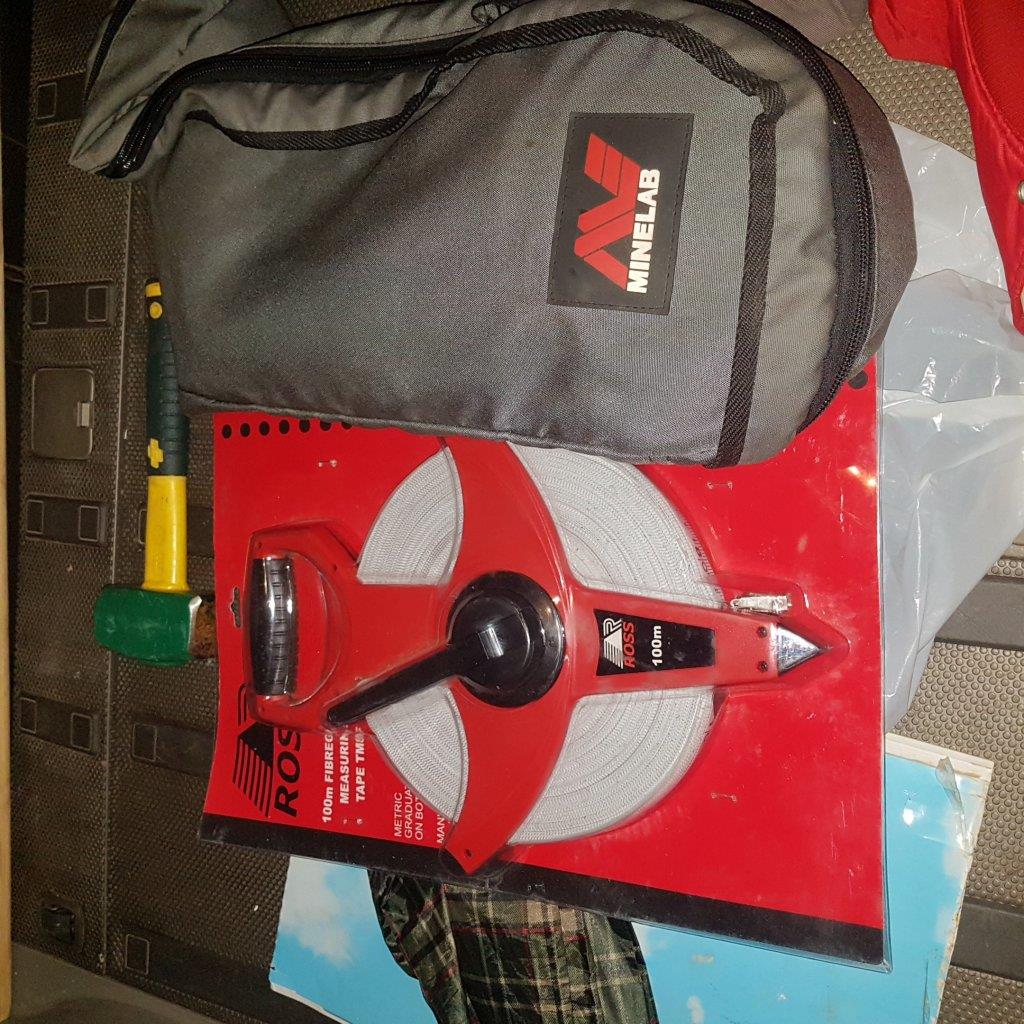
How many cubic meters or yards do you think there was in you ton ?
2 or 3 or more ?
If it keeps producing close to an ounce to a ton you will have no trouble with cash flow :Y:
2 or 3 or more ?
If it keeps producing close to an ounce to a ton you will have no trouble with cash flow :Y:
I just reread your post and it was 100g sample 
wether that was just a lucky sample will be interesting if all the material yeilds that you will do well :Y:
wether that was just a lucky sample will be interesting if all the material yeilds that you will do well :Y:
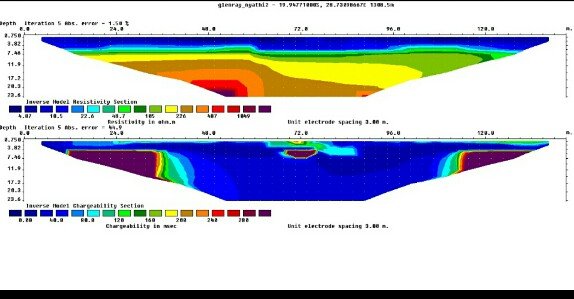
I havent dug into the ground. But i am planning to sink a shaft on the anormally on the left of that page. I picked the loose stones from above i
I am supposing the assay result is an indication of mineralization below.
Coincidentally, though i am a skeptic, some copper wire dowsing guys were indicating presence of reef in the same place
rios said:Will take further samples maybe after digging a trench using manual labour, not a trench maybe, i could dig a few metre or so shafts and re-test. Ultimately i believe there is a reef structure thats leading to the eluvium above.
If you're going to be a miner, you need to learn the lingo, mate! In mining, "trench" = costean (https://www.merriam-webster.com/dictionary/costean).
And good luck to you! :Y:
Hey rios
Thanks for the updates,
it is starting to read like a book now,
good job
Thanks for the updates,
it is starting to read like a book now,
good job
grubstake said:rios said:Will take further samples maybe after digging a trench using manual labour, not a trench maybe, i could dig a few metre or so shafts and re-test. Ultimately i believe there is a reef structure thats leading to the eluvium above.
If you're going to be a miner, you need to learn the lingo, mate! In mining, "trench" = costean (https://www.merriam-webster.com/dictionary/costean).
And good luck to you! :Y:
terminology hey. Costean is not a word commonly used here, even at our school of mines. Trenching is however used since after all that is what it is.
I've seen many old-timers costeans and they don't look like trenches to me . Costean is a great name for what the old miners dug and sweated through .
Cheers
goldrat
Cheers
goldrat
Similar threads
- Replies
- 6
- Views
- 2K



